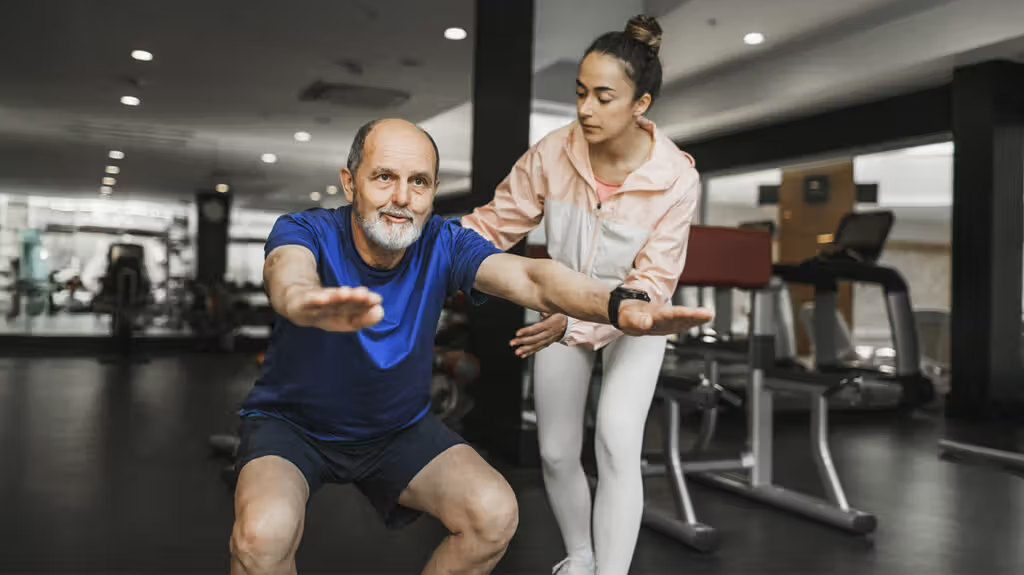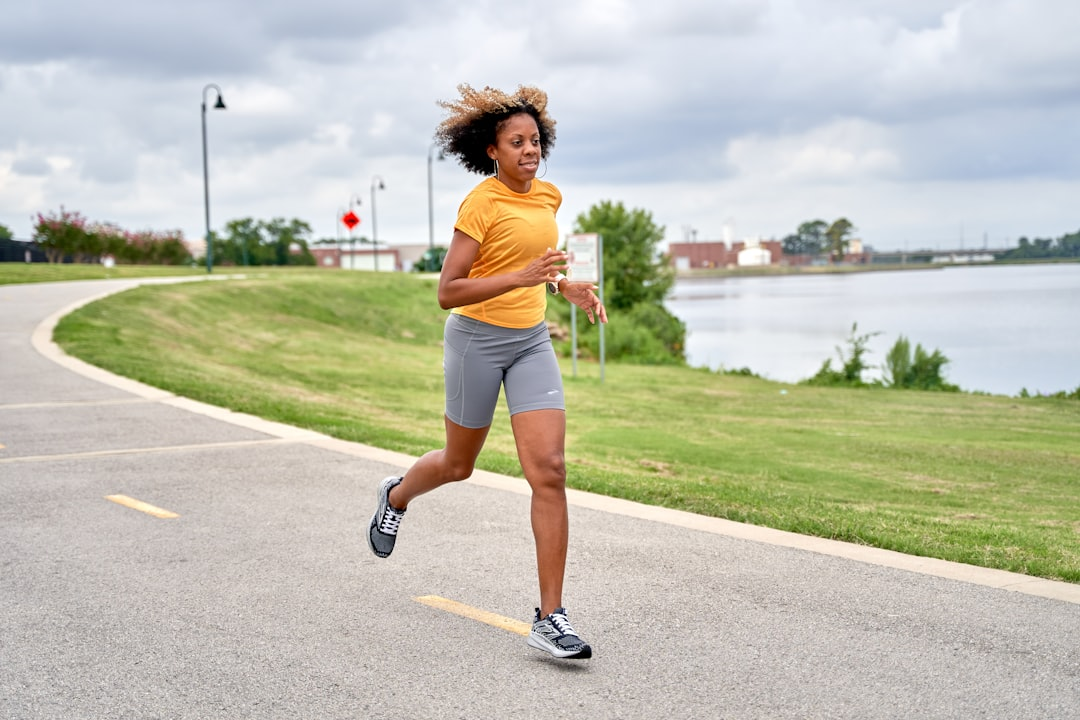esportelo.com – Speed is a crucial factor in many sports, from sprinting and football to basketball and soccer. Developing explosive acceleration, quick reactions, and sustained velocity can give athletes a competitive edge. Effective speed training requires a combination of strength, agility, technique, and endurance. This article explores the best methods to improve speed for athletes of all levels.
Key Components of Speed Training
1. Sprinting Mechanics and Technique
Proper sprinting technique is essential for maximizing speed. Key focus areas include:
- Posture: Maintain an upright torso with a slight forward lean.
- Arm Movement: Keep arms at a 90-degree angle, moving them in a straight line (not across the body).
- Stride Length & Frequency: Stride too short reduces speed; stride too long disrupts balance. Find a natural rhythm.
- Foot Strike: Land on the balls of your feet, not heels, for better push-off power.
2. Strength Training for Explosive Power
Building strength enhances force production, leading to faster acceleration. Essential exercises include:
- Squats and Deadlifts – Improve lower-body power and stability.
- Plyometrics (Jump Training) – Box jumps, bounding, and hurdle hops develop explosive strength.
- Sled Pushes & Weighted Sprints – Resistance training increases power output in sprinting motion.
3. Acceleration Drills
Acceleration is the ability to reach top speed quickly. Drills to improve acceleration include:
- Hill Sprints – Strengthens leg drive and improves sprint mechanics.
- Resisted Running (Parachutes or Bands) – Increases power in the first few steps.
- Falling Starts – Helps with quick takeoff by engaging explosive leg drive.
4. Agility and Quickness Training
Agility is essential for sports requiring sudden changes in direction. Best drills include:
- Ladder Drills – Improve foot speed, coordination, and reaction time.
- Cone Drills (T-Drill, 5-10-5 Drill) – Enhance lateral movement and directional changes.
- Reaction Drills – Using random cues (coach commands, lights, or ball drops) improves response time.
5. Endurance and Sprint Stamina
Speed endurance ensures that athletes maintain top speed throughout a game or race. Effective methods:
- Interval Training – Sprint at max effort for short durations, followed by rest (e.g., 30m sprints x 6 reps).
- Fartlek Runs – Alternating between jogging and sprinting improves stamina.
- Tempo Runs – Running at 70–80% max speed for longer distances (e.g., 200m–400m) builds endurance.
Recovery and Injury Prevention
Training for speed can be intense, so proper recovery is vital.
- Stretching & Mobility Work – Reduces tightness and improves flexibility.
- Hydration & Nutrition – Proper fuel supports muscle recovery.
- Rest & Sleep – Overtraining leads to fatigue and injury; adequate rest is essential.
Conclusion
Building speed requires a strategic approach combining technique, strength, agility, and endurance. By incorporating sprint mechanics, strength training, acceleration drills, agility work, and proper recovery, athletes can enhance their performance in any sport. Consistency and proper form are key to unlocking explosive speed and maximizing athletic potential.






